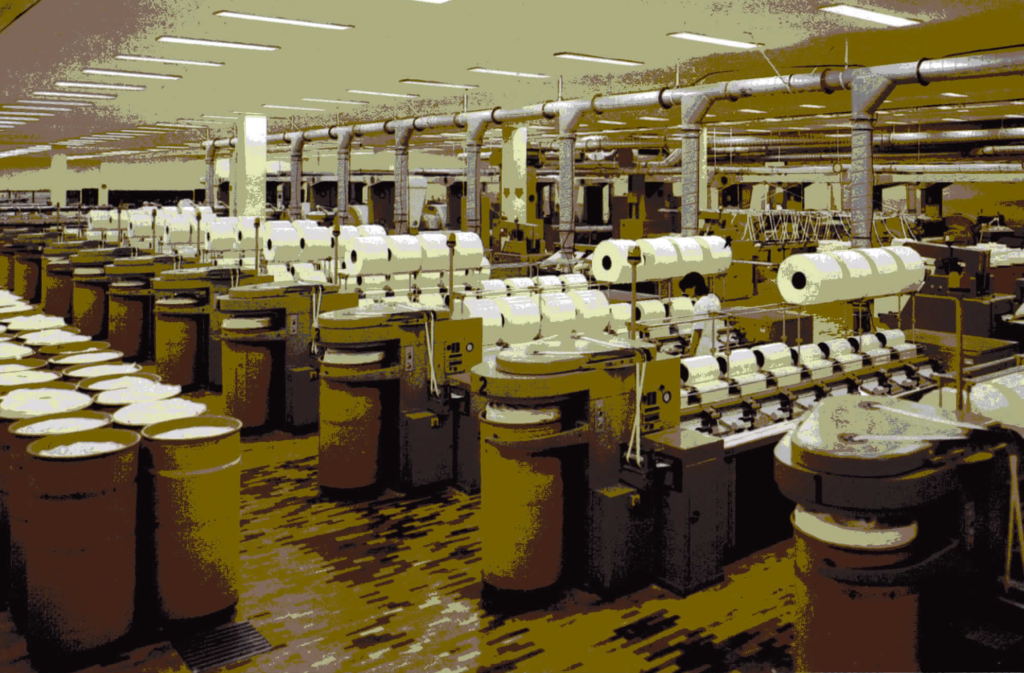Big is better – in view camera lens apertures
by Jost J. Marchesi


An ancient photographic problem

View camera photographers tend to use small lens apertures. The reason is largely one of ancient tradition.
The practice of stopping down by one or two lens stops more than really necessary was originally meant to cover focusing errors. That included not quite accurately set swings in sharpness distribution control.
The unreliable way of checking depth of field at the working aperture on a dim focusing screen also induces excessive stopping down «to be on the safe side».
Optically, such a focusing error margin is quite unnecessary – indeed small stops can noticeably impair image quality.

The purpose of the aperture

The lens stop however plays a vital part in image formation. The individual image points are nothing other than minute images of the aperture (discs or circles of confusion).
That is why during focusing on a given plane it is not only that plane that appears sharp but also a certain zone in front and behind it, the so-called depth of field zone.
The smaller the lens aperture, the smaller become the individual circles of confusion that make up the Image. As our eyes do not resolve very small discs as distinct from points, we see as sharp a zone of greater depth. Thus depth of field increases with smaller stops. The lens stop also cuts out some of the off-axis and zonal rays that give rise to aberrations; hence smaller apertures improve definition. Moreover, apart from the natural light fall-off towards the field edges due to image forming geometry, most lenses are also subject to artificial vignetting because the lens mount cuts off oblique light rays.
Lens manufacturers try to eliminate such artificial vignetting by the time the lens is stopped down 2 stops below the maximum aperture. Stopping down thus increases depth of field and improves marginal definition; at the same time the effective angle of field of the lens becomes greater.

The critical aperture

The aperture however also restricts the light and adversely affects the propagation of light waves: Whenever rays pass through a small opening they are subject to diffraction.
When a pencil of light rays goes through an optical system, the lens L 1 redirects the rays from an object point P into a more or less parallel beam. The lens stop B cuts off the outer rays of this beam and allows only the axial rays to reach the lens L2 which In turn causes the beam to converge to an image point P’. Diffraction around the lens stop however yields not an ideal point



For the ultimate image




image but an image disc. Its brightness drops from the centre to the edge and it is surrounded by light and dark rings.
The diameter of this disc becomes greater, the smaller the lens stop diameter and the longer the wavelength of the rays involved in forming the image.
This effect causes appreciable blurring in normal lenses when the aperture diameter is smaller than 1/100 of the focal length.
So while stopping down increases depth of field, it appreciably reduces image definition (sharpness) itself. As a lens is stopped down we thus have two opposite effects: Image quality decreases on stopping down due to a growing contribution of diffraction -yet stopping down improves definition by eliminating off-axis rays subject to aberrations.
Fig. 2 shows the two effects as a function of the f-stop diameter. The best compromise of definition is where the two curves cross over. The aperture of this best compromise and therefore best image quality is the critical aperture.
With lenses used in view camera photography the critical aperture is around f/22. The MTF curves of a typical lens (Fig. 3) are thus best at this aperture. However with the sophisticated design of modern lenses, image definition is very good ‘even at larger apertures though the utilisable angle of field is then smaller. In practice this means that modern view camera lenses should be used at a working aperture of around f/22. If the required coverage does not take in the whole image circle, outstanding results are possible already at f/11 or even f/8.
On stopping down further, image quality again rapidly decreases as illustrated in Fig. 4 for a standard lens of 150 mm focal length.


For the ultimate image

Aperture selection in practice

The above is somewhat alarming for photographers who by habit stop down the lens to the very limit for maximum «safety margin». Excessive stopping down for safety is however simply a sign of unsure technique, of sloppy focusing or of an inadequate camera system. The economic aspect is important, too: For every lens stop smaller you need twice as much light and hence more powerful studio lamps. And on location away from the studio there is often no way of getting this extra light, even it unnecessary.
Achieving adequate sharpness in depth with larger apertures calls tor the perfect use of swings and tilts in a modern precision camera system. The SINAR system otters this vital focusing precision. The asymmetric swings and tilts of the SINAR-p further simplify operation. The focusing aids tor assessing the screen image and also the depth of field scale are the modern technical aids to maximum image quality.

Max Graf’s tricky assignments

Professional photographer Max Grat of Herblingen in Switzerland makes particularly full use of these techniques on his numerous industrial assignments abroad. Many of these shots are only feasible at larger working apertures. Moreover that saves acquiring and setting up extra lighting units.
We asked Max Graf about his professional approach:
Question: Mr. Graf, what are your professional qualifications and current work?
Answer: I started as a structural engineering fitter. As I was also an amateur photographer, I tried to record tricky welding setups in pictures. My employers’ publicity department – Georg Fischer AG – encouraged my photographic interest and allowed me to complete my photographic training during my tour years there. In 1962 I qualified with the Federal Photographer’s Certificate in Zurich, followed in 1966 by the Final Federal Examination. I remained with Georg Fischer AG for 10 more years as chief photographer and then set up the photographic department at Sandoz.
For 13 years I have been an independent advertising and industrial photographer in Schatthausen.

Question: You have specialized, among other fields, in large-scale industrial photography, shooting subjects all over the world for Swiss clients. Could you briefly describe one of your most recent assignments?
Answer: So tar my work has taken me all over Europe and also to Africa. Last autumn the Maschinentabrik Rieter AG in Winterthur asked me to go to the Far East to produce publicity photographs in five large spinning factories equipped with modern Rieter machines.

Question: What are the main technical problems you face on your assignments?
Answer: One main problem is lack of light on location and the difficulty of carrying much lighting equipment in addition to the photographic outfit. I usually travel on my own and rarely find useful assistance on location. Moreover, with most assignments, It is almost impossible to get reliable advance information of prevailing lighting conditions.

Question: Is it true that the precision focusing technique of the SINAR view camera copes with many of your problems? And indeed, what are these problems?
Answer: Otten the pictures required can only be taken at large apertures. Unlike many photographers who tend to use small apertures with a view camera, I fully utilise the high precision of my SINAR camera and the top quality of my lenses to work with much larger apertures, tor instance up to tl8, as indicated in the picture caption. Unfavourable mixed-light situations, often with fluorescent illumination and daylight, make such large apertures essential.

Question: Do you also use sharpness distribution control with the asymmetric tilt of the SINAR p in the film plane? And does this focusing method help in practice?
Answer: Yes, indeed. Airline excess luggage rates oblige me to take a lightweight outfit. But I still take the SINAR-p; without the supremely precise tilts I would never manage to cover the sharp zones needed at large lens apertures.

Question: What about precise_ depth-of-field control – how do you do this?
Answer: First I select in the subject a suitable longest plane in which I precisely locate the maximum sharpness with the SINAR’s asymmetric swings or tilts. Often this involves planes inclined in two directions – where the yaw-tree movements of the SINAR are most useful for I still have to keep verticals undistorted. Then I use the SINAR depth of field scale to establish the required aperture and focusing point to cover sharply the space at right angles to the focusing plane. It the latter was correctly chosen, I can do it with comparatively little stopping down. And with such a high focusing precision there is absolutely no need to stop down more for safety margins. Otten deliberate blurring, tor instance of the foreground, contributes to the composition.


For the ultimate image

Question: Experts have admired the even Illumination of large interiors in your shots. Can you tell us more about that?
Answer: Yes, that is the biggest problem and somehow you have to cope with It. I carefully measure the light intensity everywhere; the SINAR PROFl-select TTL meter is another useful aid here. I had to manage with weak available fluorescent tube lighting. So I needed a film of favourable reciprocity response at exposures up to 8 sec., one that could cope also with the uneven mixed lighting. I used Agfachrome R 100 S for these pictures.
The most recent electronic SINAR system with the SINARSIX-digital exposure meter and mixed-light module should enable me to deal more quickly and positively with such subject set-ups in future.
Mr. Graf, we are grateful for your interesting technical explanations and we hope your well-deserved success continues In the future, too.






